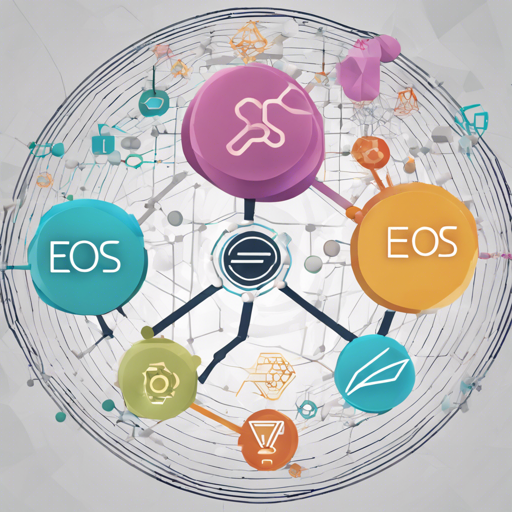Welcome to the world of blockchain development, where creating innovative solutions is just a command away! Today, we’re diving into how to start a blockchain using EOS.IO Software with the eos-bios tool. Perfect for enthusiasts wanting to boot up local environments, testnets, or even private consortium networks, this guide has got you covered.
Setting Up Your Local Development Environment
Before you start, you’ll need to download the eos-bios tool. Let’s break it down step-by-step.
- First, download eos-bios from the releases section here on GitHub.
- Clone the repository and copy the
bootseqsrelease-v1.1to a directory of your choice. - In the directory you copied, modify the
base_config.inito fit your development needs.
When changing the configuration, pay special attention to the bind address. You typically want to modify it from 0.0.0.0 to 127.0.0.1 for the keys http-server-address, p2p-listen-endpoint, and p2p-server-address. This change ensures your development node isn’t exposed to the outer world.
Bringing Your Blockchain to Life
Once you have adjusted your config files, it’s time to set your blockchain in motion! Simply run the following command:
.eos-bios bootCongratulations! Your development environment is now set up with a chain loaded with all system contracts, closely mirroring what you would find on the main network after launch.
Understanding the Configuration: An Analogy
Think of setting up your development blockchain like preparing a stage for a play. The eos-bios is like your stage manager, ensuring everything is properly configured before the curtains go up:
- Your
base_config.iniis the script. It details how everything should operate. Just like an actor needs to know their lines, the blockchain needs its configuration details. - Changing the bind address is like adjusting the stage lighting—it’s about controlling how much you let the audience (external world) see.
- When you execute the
.eos-bios bootcommand, it’s akin to calling “Action!” to initiate the play, setting everything in motion in a staged environment.
Staged Launches
Curious about the different stages launched with eos-bios? Check out the updated list here.
Troubleshooting
As with any technical endeavor, issues may arise. Here are some troubleshooting tips:
- If you encounter errors during boot, double-check your
base_config.inifor any typos. - Make sure you’re using the correct bind address. Try reverting back to the default settings and gradually customizing them.
- If you have further questions, consider joining the discussion on Telegram through this link.
For more insights, updates, or to collaborate on AI development projects, stay connected with fxis.ai.
Installation Options
If you’re ready to get started, you can download the latest release here. This single binary is easy to install on all major platforms. Simply make it executable and hit run—no dependencies required!
Alternatively, if you prefer building from the source, you can use:
go get -v github.com/eoscanada/eos-bios/eos-biosThis will install the binary in ~go/bin, provided you have the Go tool installed. To ensure you stay up to date, add -u for updates.
At fxis.ai, we believe that such advancements are crucial for the future of AI, as they enable more comprehensive and effective solutions. Our team is continually exploring new methodologies to push the envelope in artificial intelligence, ensuring that our clients benefit from the latest technological innovations.
Conclusion
Setting up a blockchain using EOS.IO Software can seem daunting, but with the right tools and configurations, you can effortlessly kickstart your development journey. Happy coding!

